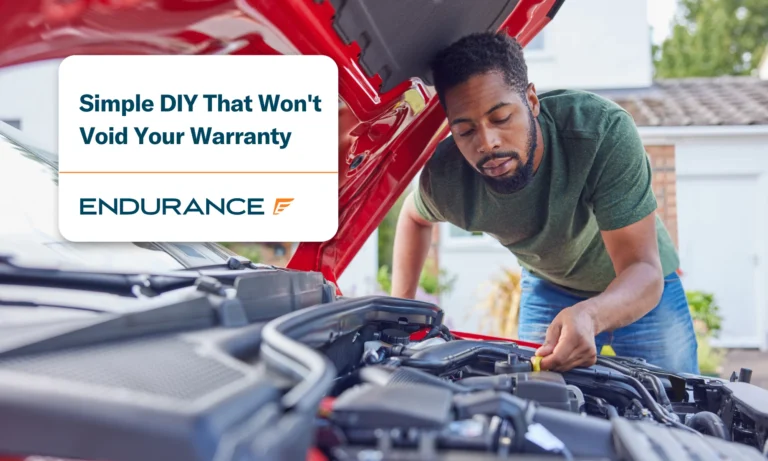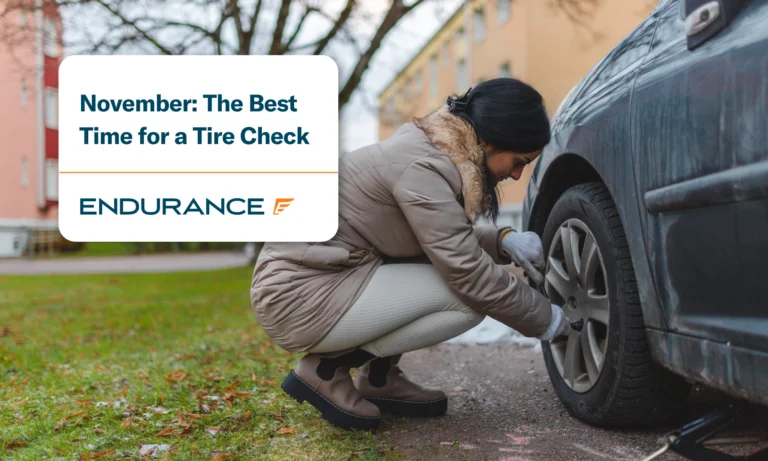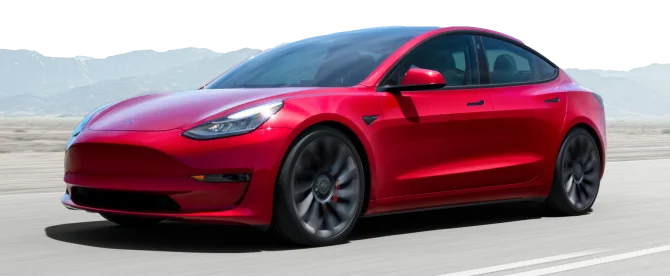For a long time, vehículos eléctricos (VE) were a niche part of the automotive industry, but they have only become more and more common in recent years. This means that the types of repairs that tend to come up are also becoming more well-known, and trends are emerging that can help owners know what to expect. Certain components, such as the charging system, converters, and sensors, are emerging as the most problematic for EV owners of all kinds.
Knowing which issues started emerging in 2025 and what they typically cost to repair will help you be ready when the time comes to bring your vehicle to the shop.
What’s Driving 2025 EV Repair Trends?
The main thing that is driving EV repair trends in 2025 is the wide-scale adoption of EV technology across the entire market. There are more electric vehicles on the road now than ever before, and more brands are offering electric models. This means that the reparaciones más comunes will start to emerge more noticeably, and it is becoming easier to see where the problems are typically located.
More shops are also becoming well-versed in EV repair and are investing in things like training and equipment that will help them keep up with the changing repair landscape. This shift is also making common issues more apparent since data sets are not limited to the dealerships. The more customers can take their vehicles to independent shops, the more obvious the trends will become as the years go on.
High-Voltage Battery Adjacent Repairs
The high-voltage battery system in an electric vehicle is perhaps the most important aspect of the car, and it is also one of the most common places for problems to occur. Thermal management systems and contactors are essential when it comes to maintaining battery performance and safety. The thermal management system regulates the operating temperature of the battery, and contactors are responsible for connecting and disconnecting the battery from the car’s drivetrain. Any kind of breakdown in these components can not only cause problems with the way your car runs, but can also damage the battery.
Charging System and Onboard Charger Issues
The charging system is another essential part of any electric vehicle, and it can also be the source of issues and repairs. The onboard charger takes the alternating power from your household plug and converts it into the direct current needed to charge the battery. Malfunctions in the onboard charger can cause problems like slow charging or failed charging. As charging infrastructure expands throughout the United States, having a reliable onboard charging system becomes even more important.
Power Electronics: Inverters, DC-DC Converters, and Cables
An EV’s electrical system relies on a range of smaller components to work properly. Inverters, for example, convert DC power from the battery back into AC power, which drives the motor, while the DC-DC converters bring the power down to a reasonable wattage to drive the other systems, like the turn signals and lights. Any kind of failure in these areas can result in overheating, poor performance, or battery degradation, so it is essential to keep an eye on these systems and have them tested regularly if you want your EV to last as long as possible.
Software Glitches and Sensor Calibrations
Modern EVs rely heavily on software and sensors to operate efficiently and correctly. Any kind of glitch in the software or misalignment of the sensors can cause your EV to go haywire. Software glitches can lead to unexpected behavior from your vehicle, which is a serious safety hazard, and uncalibrated sensors can affect everything from the navigation system to the driver assistance tech. Addressing any software issues and staying up to date on the operating system is incredibly important and will help keep you safe on the road.
Typical Downtime and Cost Ranges To Expect
Repair times and costs for your electric vehicle can vary depending on the severity of the issue and the system it is associated with. A Chevrolet Bolt EV wheel speed sensor, for example, will cost somewhere between $101 and $141 to repair. An issue with the charging system or a converter replacement, though, can be thousands of dollars depending on the make and model of your vehicle and the severity of the damage.
The same goes for the downtime you can expect. For something simple like a sensor replacement or calibration, you can usually get your vehicle back the same day. If specialty parts need to be ordered or the labor needs to be done by a specialist, though, you could be without your vehicle for several days or even weeks. EV repair costs and downtimes are typically higher than they are for standard gas vehicles, so it is important to be prepared when an issue arises.
Simple Preventive Habits for EV Owners
Anyone who prioritizes the longevity of their electric vehicle should always take a proactive approach to mantenimiento preventivo. Keeping the software updated is one of the most important things you can do as an EV owner. Oftentimes, this will take care of different bugs or glitches and may even recalibrate sensors to ensure the most efficient functionality of the car. It is also a good idea to regularly check the condition of your vehicle’s tires.
EVs are usually much heavier than traditional gas vehicles due to the weight of the batteries, so tire wear is more common and can cause other serious issues. The temperature of your vehicle is also important, so keeping the car shaded and protected from extreme cold or heat will help preserve the battery and ensure the longest possible life.
Where a Vehicle Protection Plan May Help With Surprise Repairs
No importa what kind of vehicle you have, you never know when an expensive repair or a serious issue will come up. If you don’t want to be constantly dipping into your emergency fund, a protection plan is your best option. When you buy your car, it will come with a Garantía de Fábrica that is provided by the manufacturer. This is to protect you from problems due to design flaws and issues with the production process, but once it is over, you will be financially responsible for any repairs that have to be made.
An extended warranty from a third-party provider, more accurately referred to as a vehicle service contract (VSC), is your best option for protecting yourself and your bank account. Since EVs tend to be more expensive to repair than standard internal combustion engine vehicles, a protection plan can end up saving you a lot of money in the long run.
Get the Help You Need With Endurance
When you want the best help caring for your electric or gas-powered vehicle, you need a protection plan you can count on. Endurance Warranty Services offers tailored protection for hybrid and Tesla electric vehicles so you can drive with confidence. For hybrid vehicles, select plans cover key high-tech components, though the hybrid battery pack itself is excluded under many plans. For Tesla EVs, Endurance provides a specialized EV plan that does include battery pack coverage (for eligible vehicles) along with the usual components and benefits you’d expect from vehicle service contracts.
On top of comprehensive coverage, Endurance customers also get a wide range of standard benefits like towing, Asistencia en carretera 24 horas al día, 7 días a la semana, cobertura de alquiler de vehículos y Cobertura de interrupción de viajeAdemás, por una pequeña tarifa de activación, también puedes obtener acceso a Endurance. Beneficios de élite, which include tire repair or replacement, key fob replacement, and windshield coverage.
If you are ready to protect your electric car for the long haul, get in touch with our award-winning customer service team at (800) 253-8203 para Cotización Gratis. Tú también puedes ver tu precio and plan recommendations instantly through our online store.
Para obtener más recursos de expertos en automóviles, asegúrese de consultar Blog de garantía EnduranceAllí encontrarás consejos y trucos de bricolaje, Comparaciones de proveedores, y mucho más.















Michael O'Connor, escritor y comerciante del Área de la Bahía, creció restaurando autos clásicos y aprendiendo a conducir en la gira de exhibición de autos Americruise a través del país con su padre. Su interés por la escritura se inspiró en las revistas de autos y las novelas de Henry Gregor Felson. Michael es un ex alumno del programa de Escritura Creativa de Sonoma State y ha estado escribiendo para la industria automotriz desde 2015.